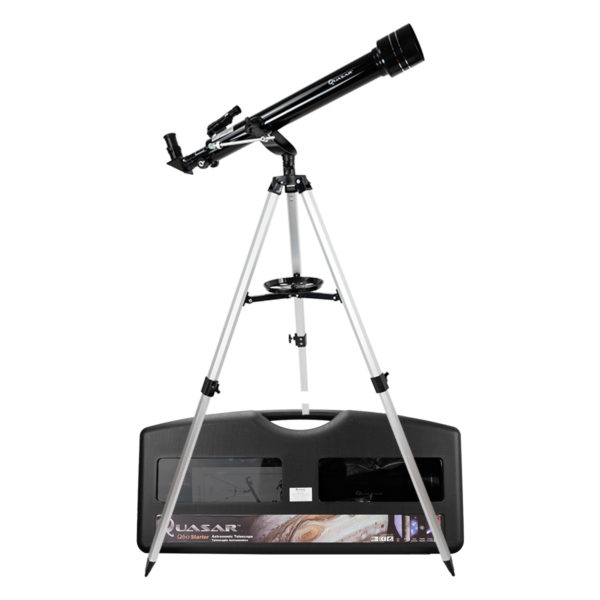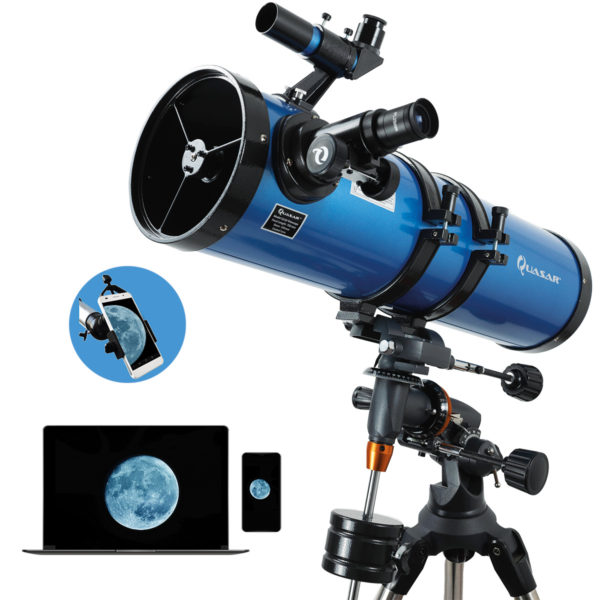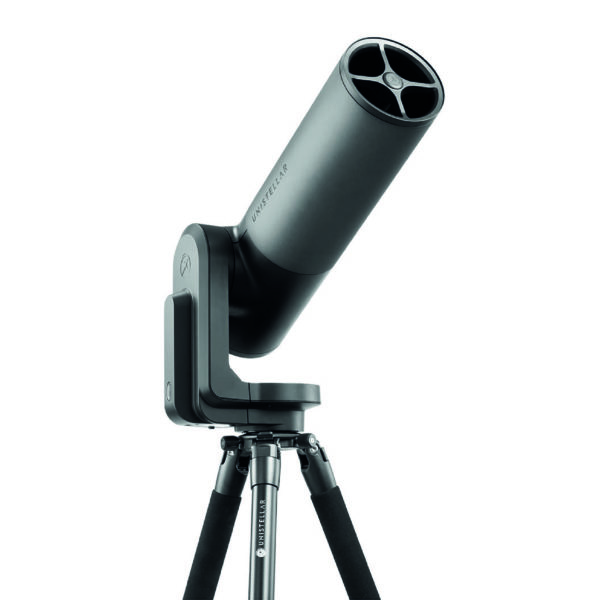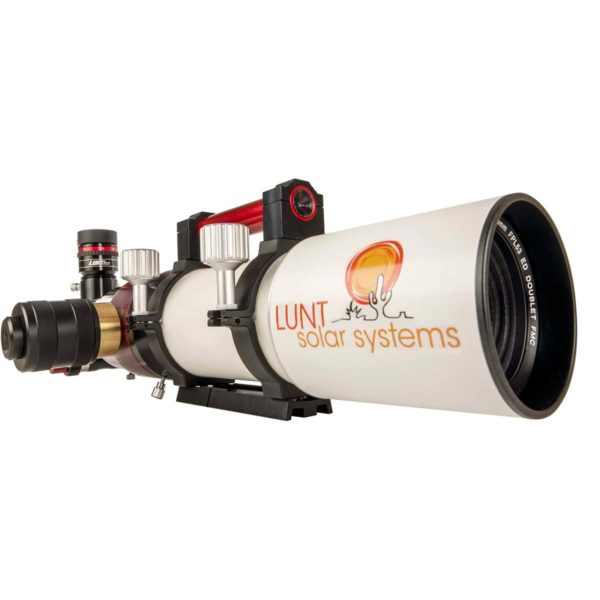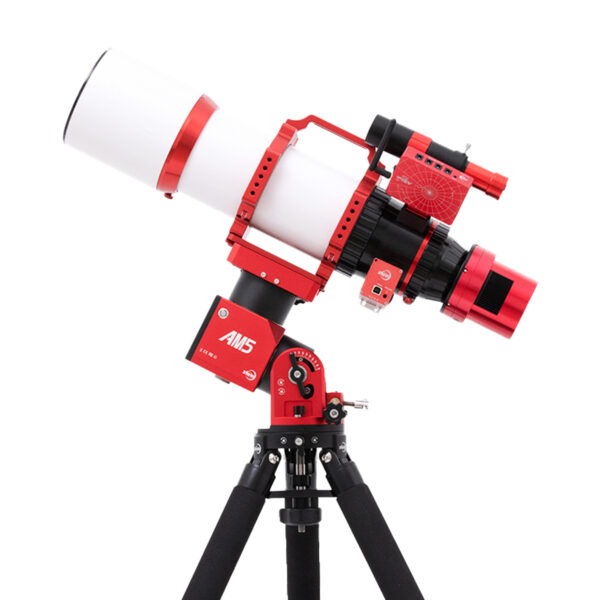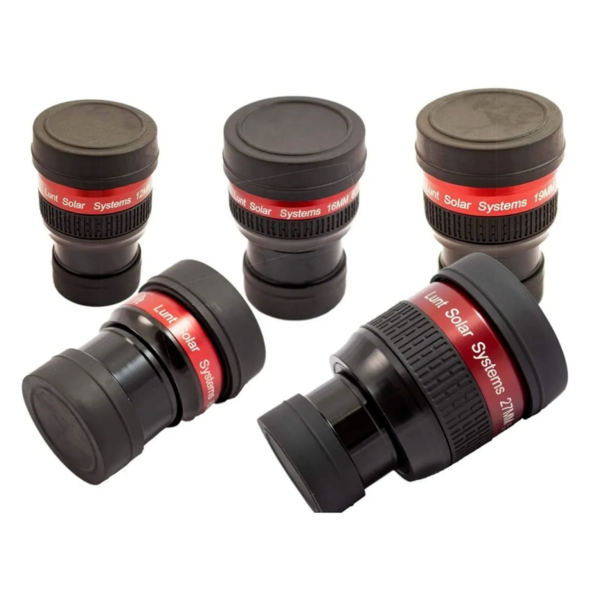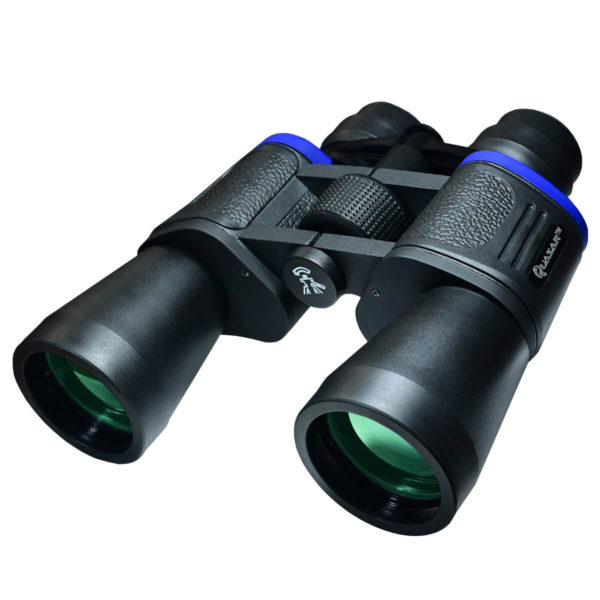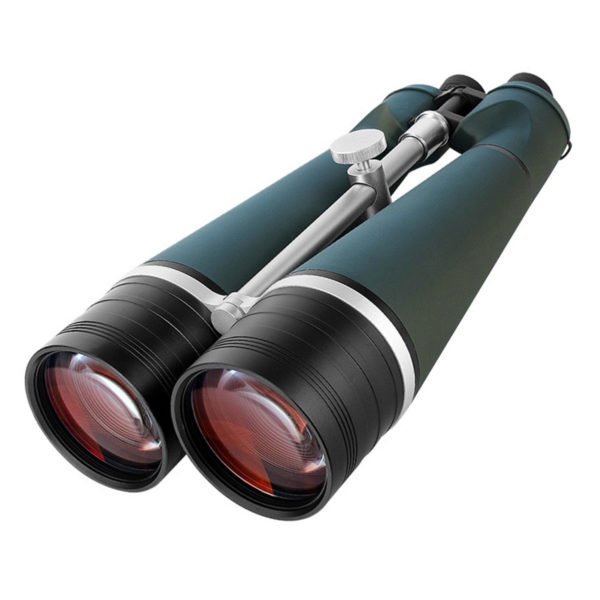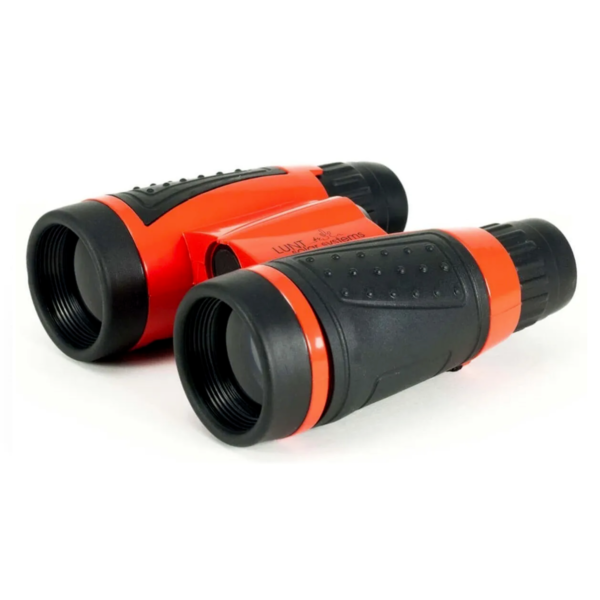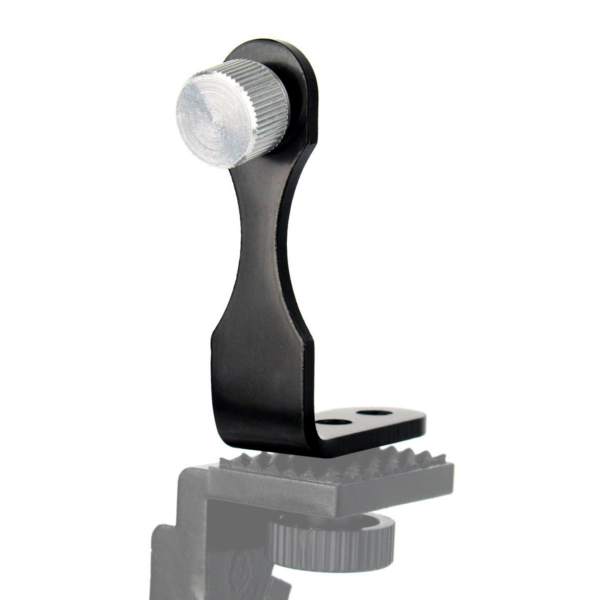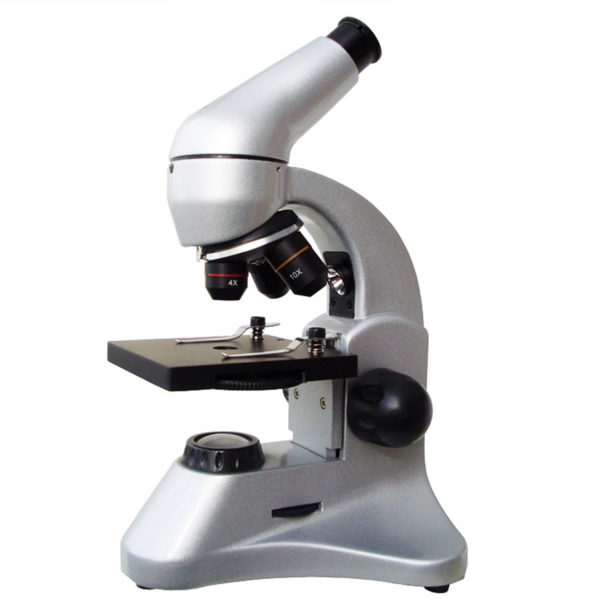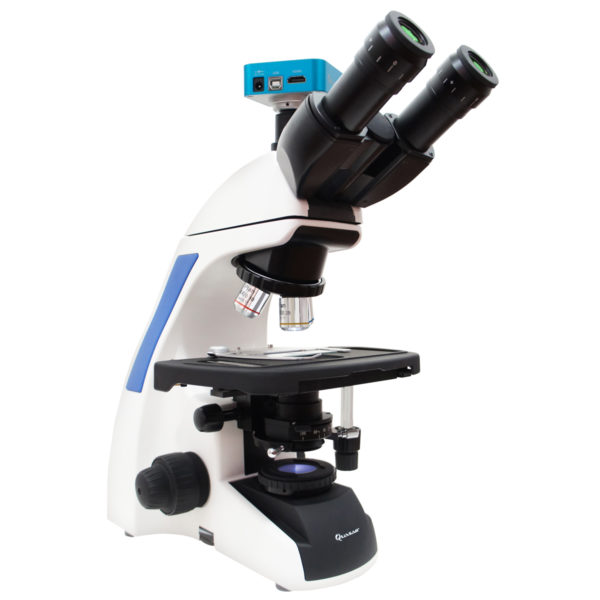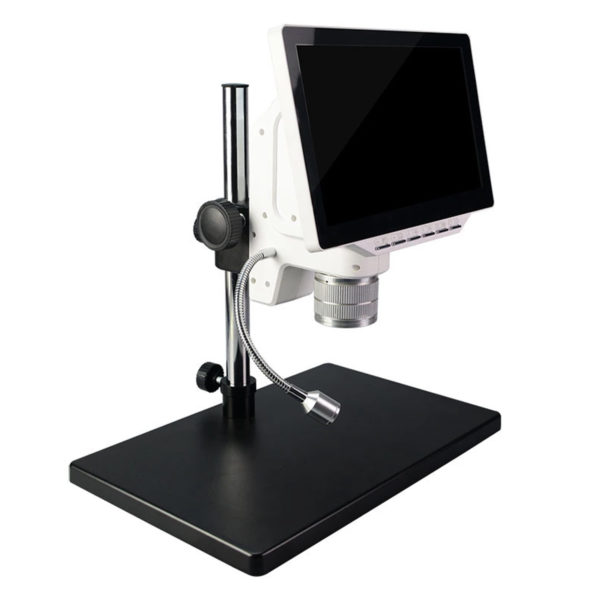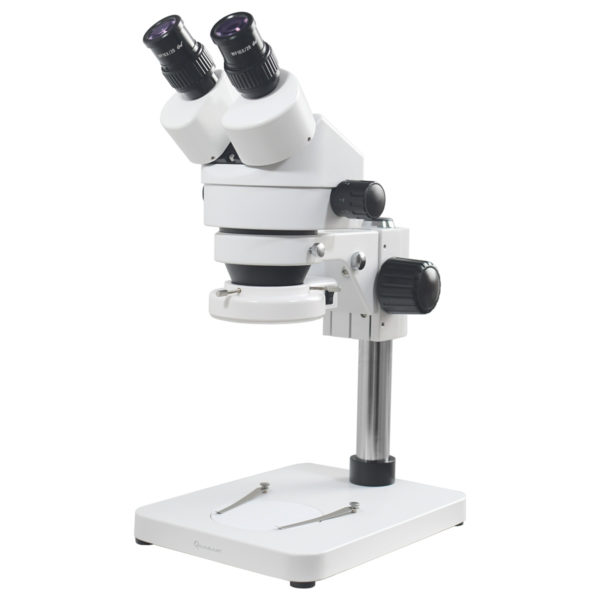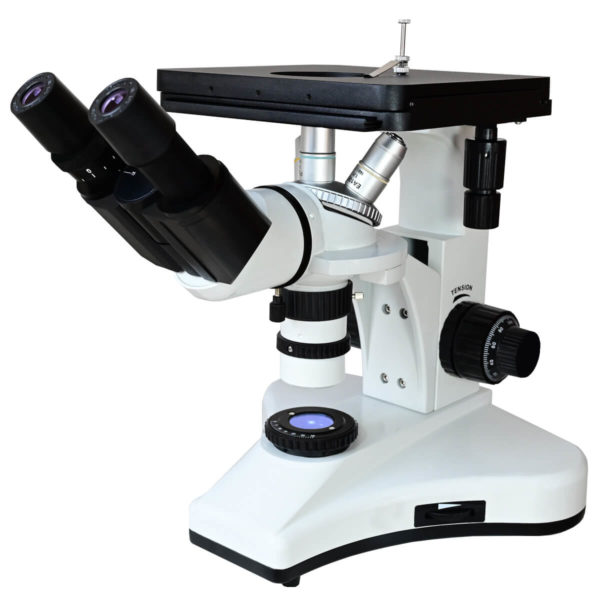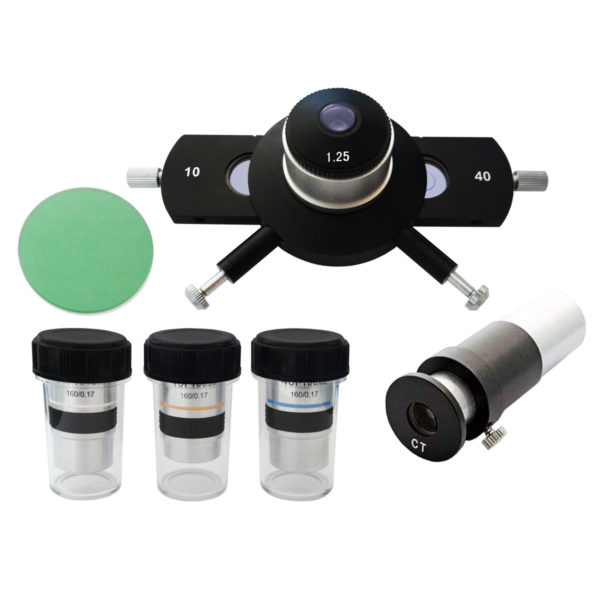As they read it, as if it were another chapter in the Rick & Morty series, scientists created a primitive micro universe to study its expansion.
The origin of our universe has always been a mystery, recently there have been controversial studies that perhaps the Big Bang is not what we think, this is one of those studies that blow our minds and make us wonder where we came from.
The scientific consensus is that the big bang is a fact, and undergoes an exponential expansion, which is known as cosmic inflation, a theory that is currently under discussion, with what is called the “great rebound”, but it is not the today’s topic.
A group of scientists used a quantum field simulator to imitate a tiny expanding universe, this universe was made up of ultra-cold atoms according to the study published on Wednesday, November 9 of this year on the Nature site.
The importance of this simulation lies in its precision, since it is one more step to create more and more precise representations, which would allow testing innumerable models of the early evolution of the cosmos. And most importantly, it will allow the manipulation of the system that would allow it to stop and study the environment, something that obviously cannot be done with the universe we inhabit.

Although the work is still in an initial stage, tests could be started with different spherical, hyperbolic models and some other variations in its geometry, this leads us to the fact that it will not be an exact simulation of our universe in its most primitive stage. , but if it will provide an approximation of some of the mechanisms that may have governed space-time and the production of the particles that arose shortly after the Big Bang, it gives us the opportunity to understand unexplored parts of our universe in quantum physics, as well as provide estimates of what an accelerated universe is like, decelerated and a universe in constant expansion.
Nikolas Liebster, an experimental physicist at the University of Heidelberg in Germany, told VICE in an interview that he believes that specific models of the system agree well with theory and now seek to ask what lies beyond what current theory can answer. .
To create this tiny universe, scientists cooled about 20,000 potassium-39 atoms to form Bose-Einstein condensate, which is a state of matter that allows scientists to simulate conditions in the early universe.
Nikolas said “there are many very interesting theoretical questions that can be raised about the different types of curvature of space-time and spatial curvature and what their effects are” and although there are still many obstacles to overcome to make direct comparisons with our universe , the team is optimistic that their work brings the scientific community closer to an important step in performing one-to-one simulations of the most important mechanisms that shaped the universe as we know it.



